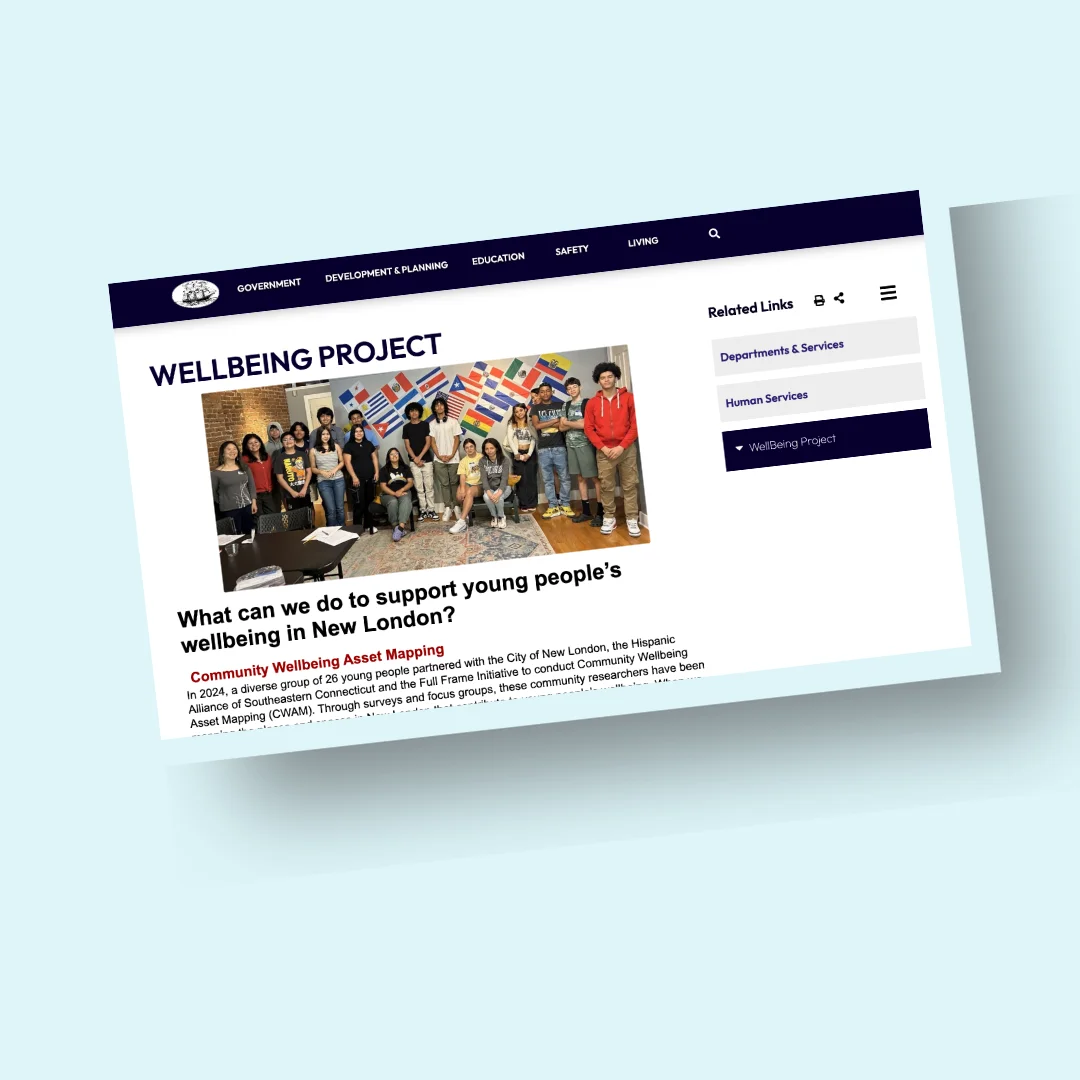
This website showcases the Community Wellbeing Asset Mapping process performed by youth in New London.
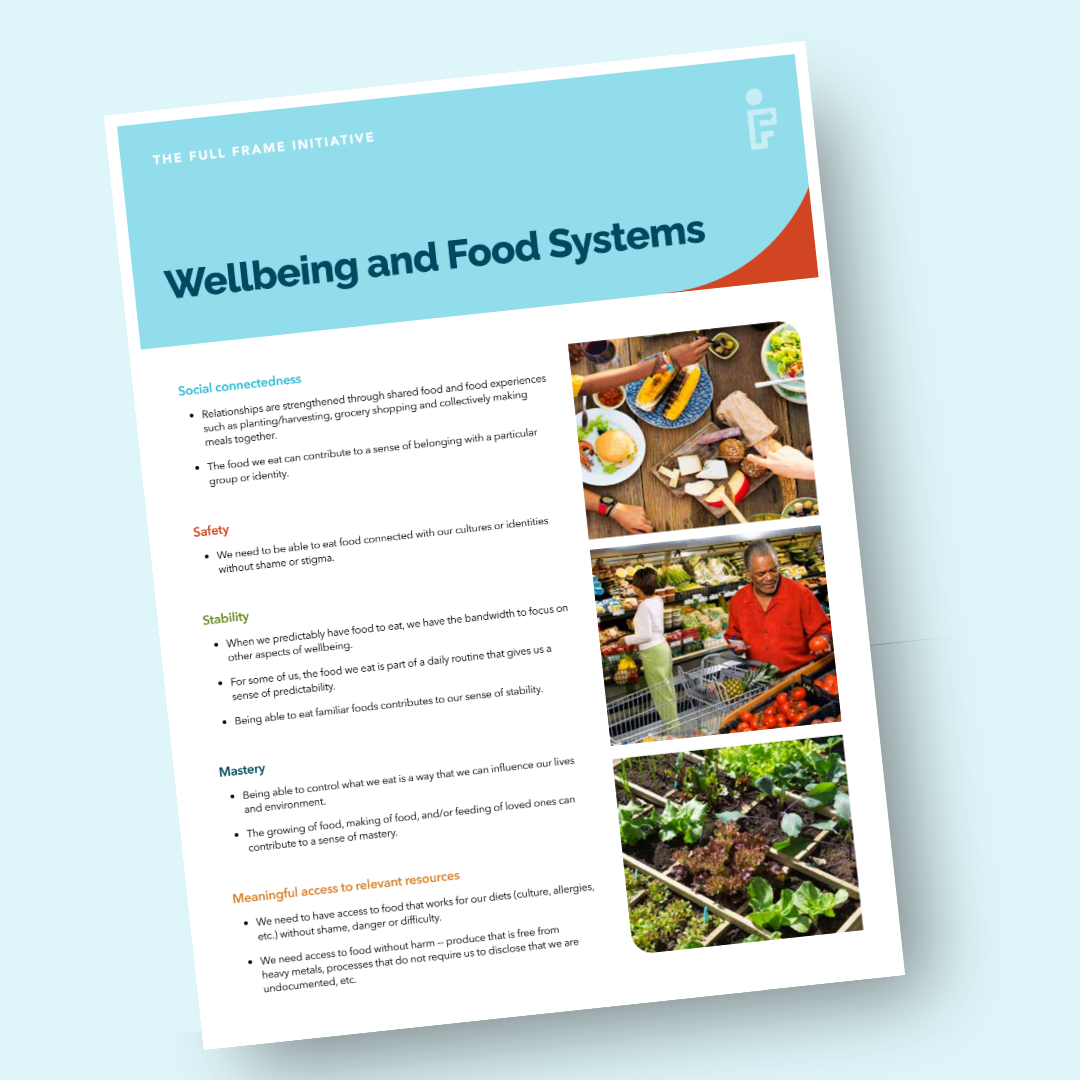
This resource looks at this food systems through the lens of the Five Domains of Wellbeing.
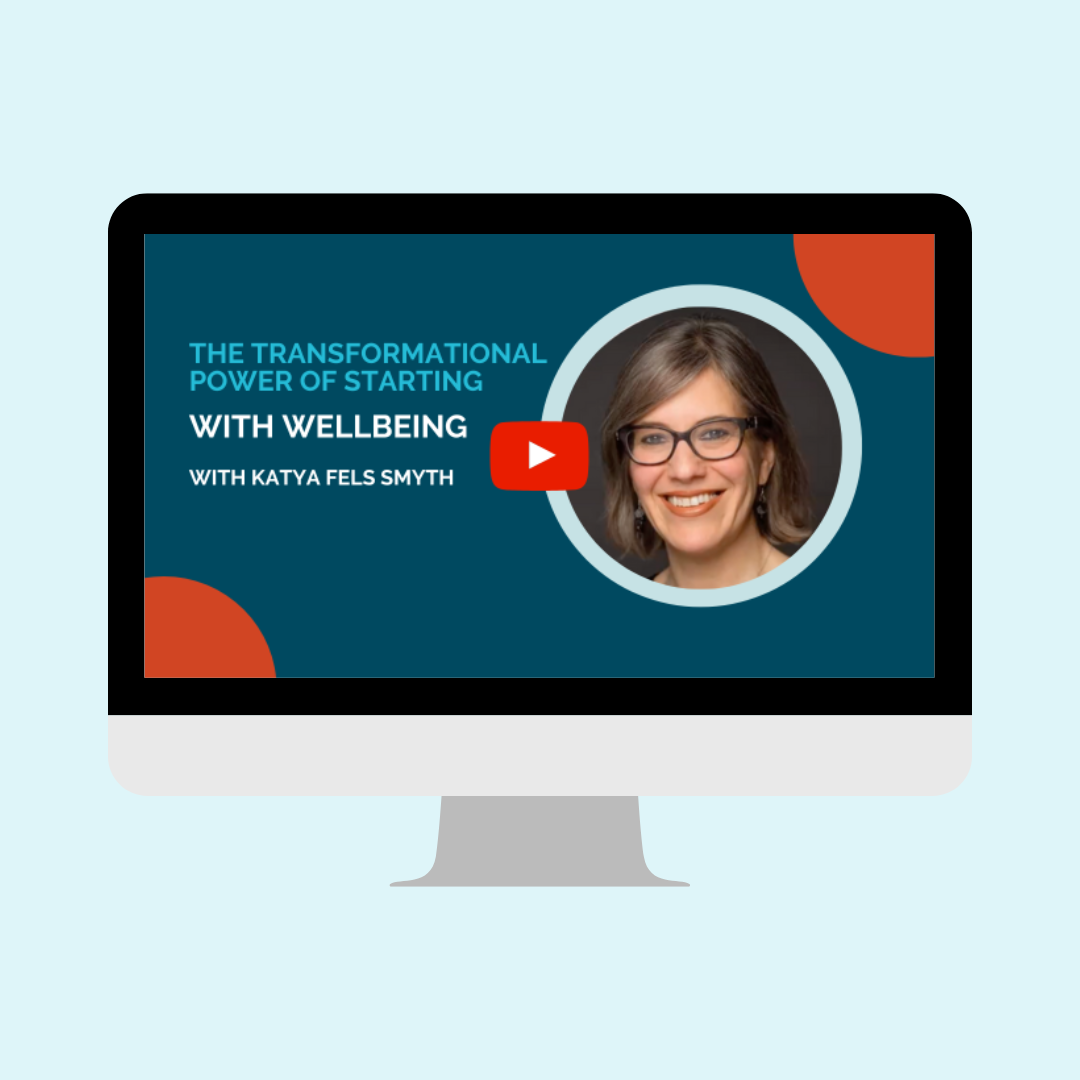
What would it look like if we shifted our focus from fixing problems to fostering wellbeing – the needs and experiences essential for health and hope? The webinar recording digs into what it means to change the narratives for systems change.
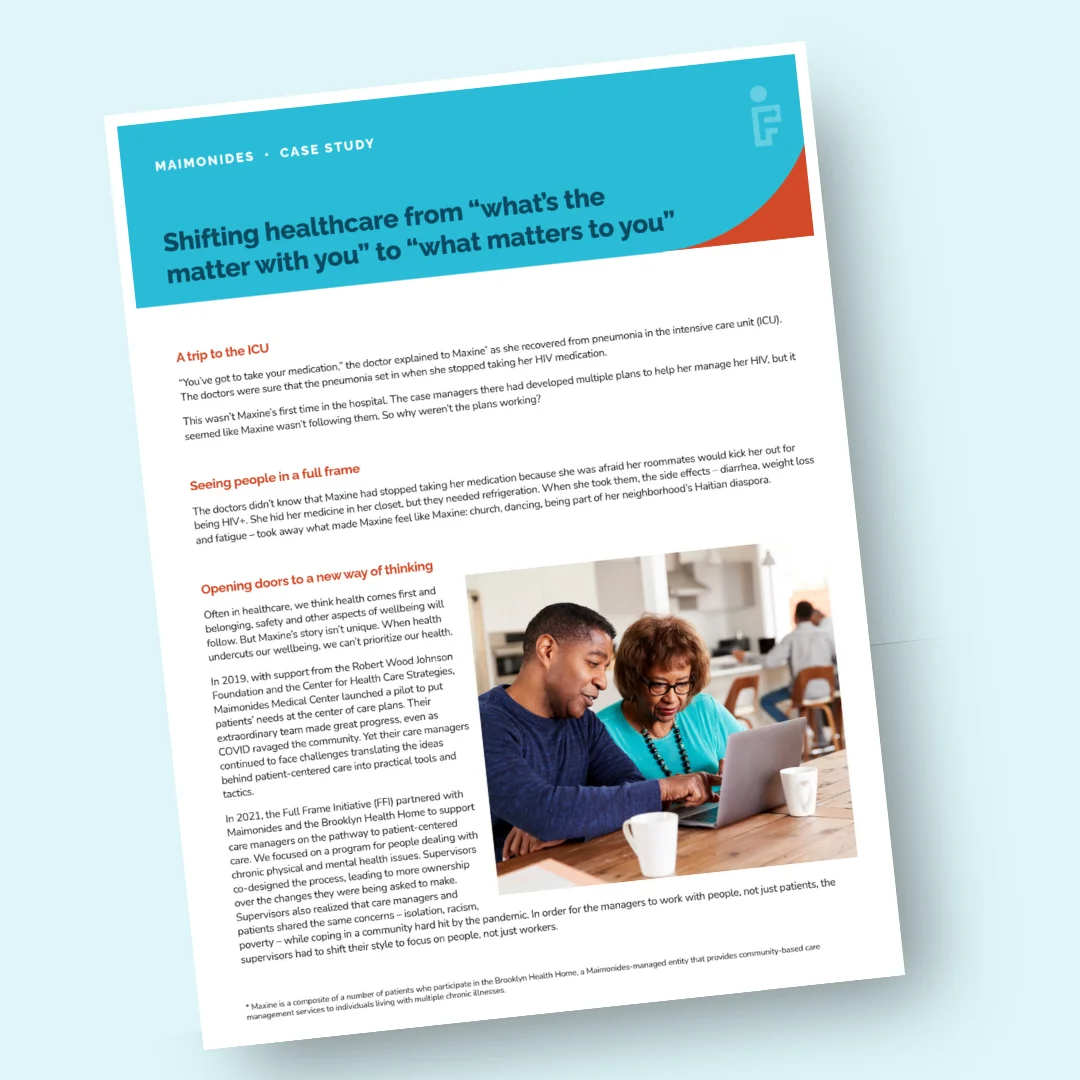
Learn how we partnered with Maimonides Medical Center and the Brooklyn Health Home to support care managers on the pathway to patient-centered care.
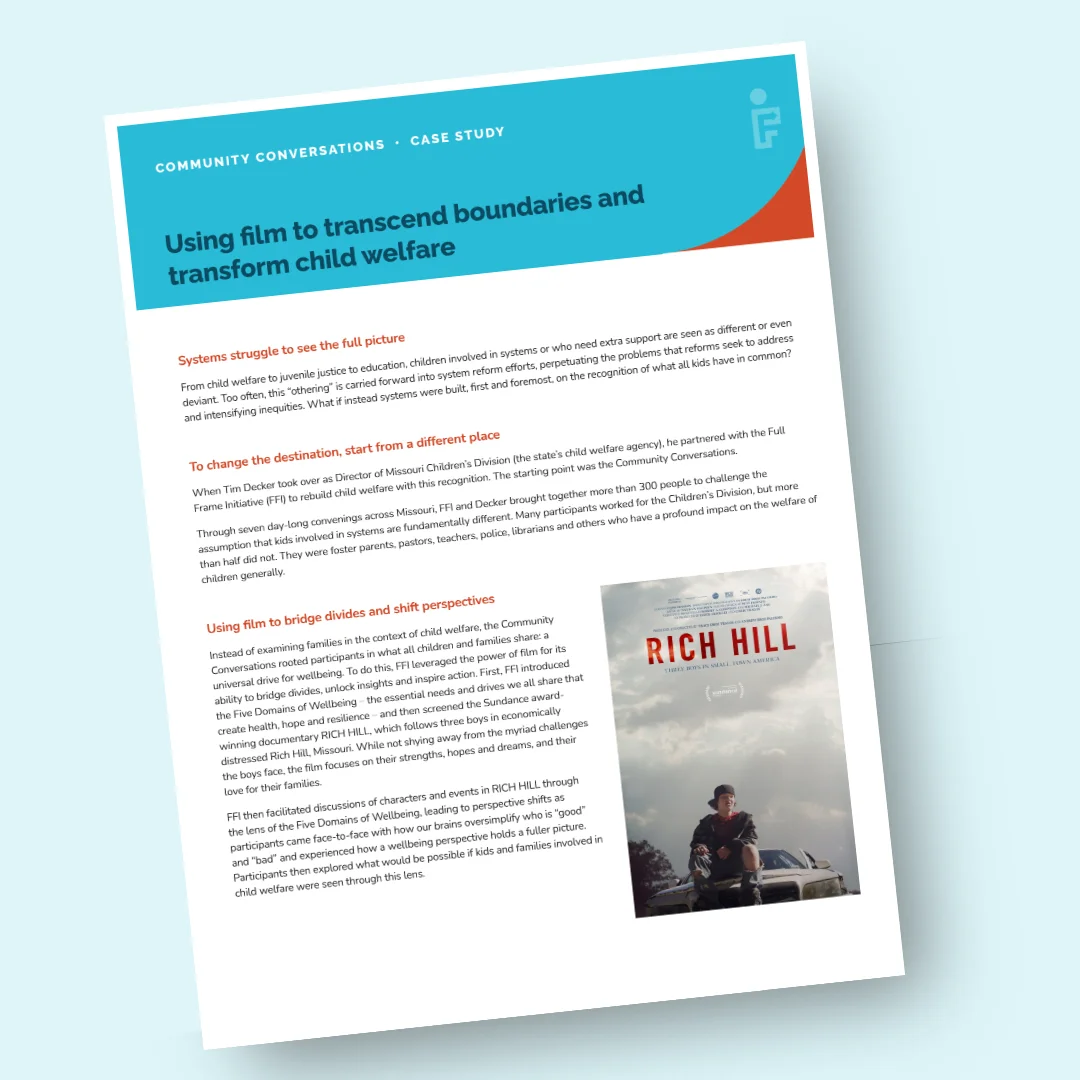
Learn how FFI partnered with the Missouri Children's Division state agency to take a paradigm-shifting approach to systems change.
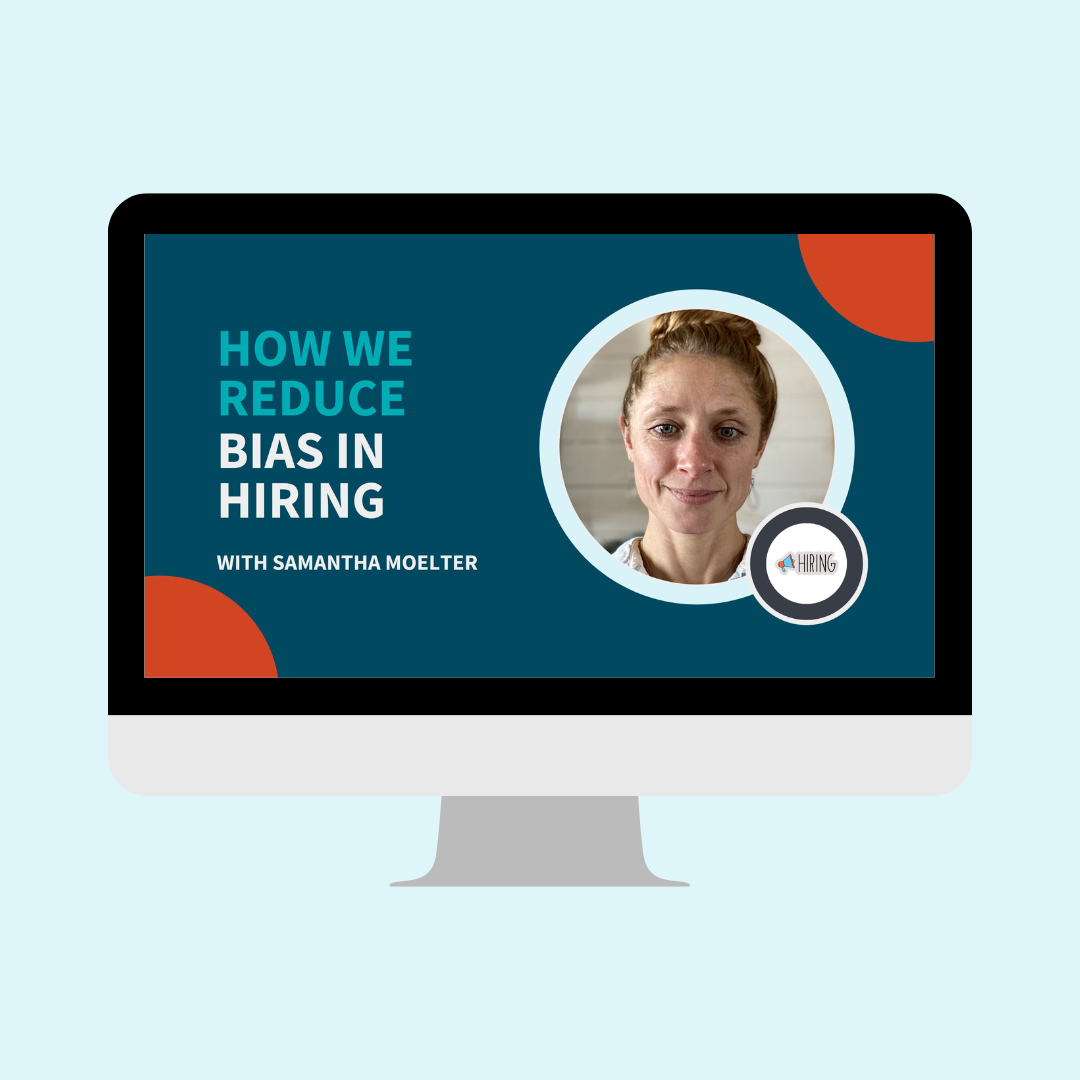
This video explores how FFI redesigned its hiring process to reduce bias and align with equity values, with insights from Applied.

Traditional community engagement tools like surveys and focus groups can unintentionally harm communities. It's time to shift from community engagement to centering community. Watch our video to learn how.
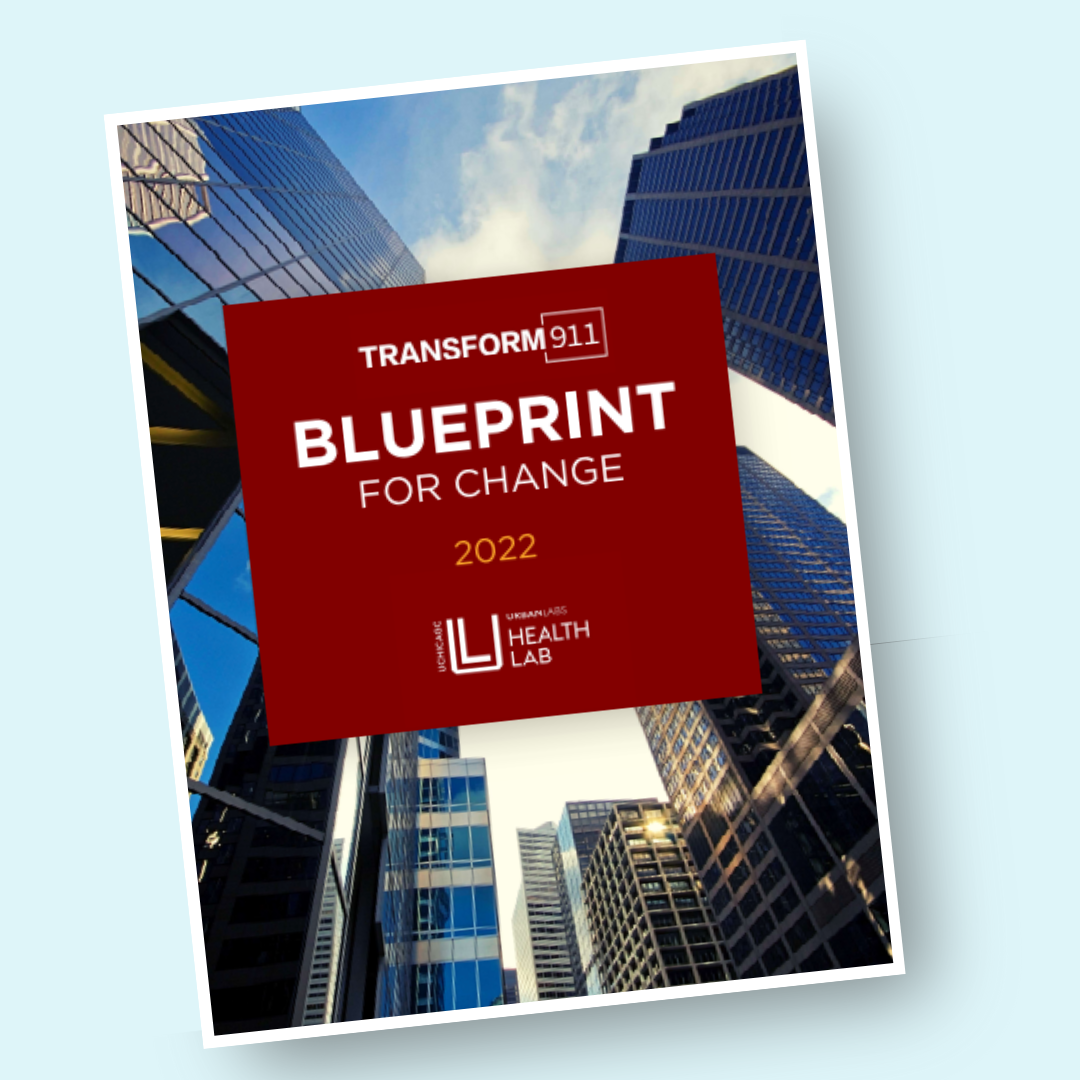
To increase access for wellbeing for both people served by the emergency response system and those who work within it, it’s critical that we reimagine 911. The Transform911 Blueprint for Change is the starting point for doing just that.
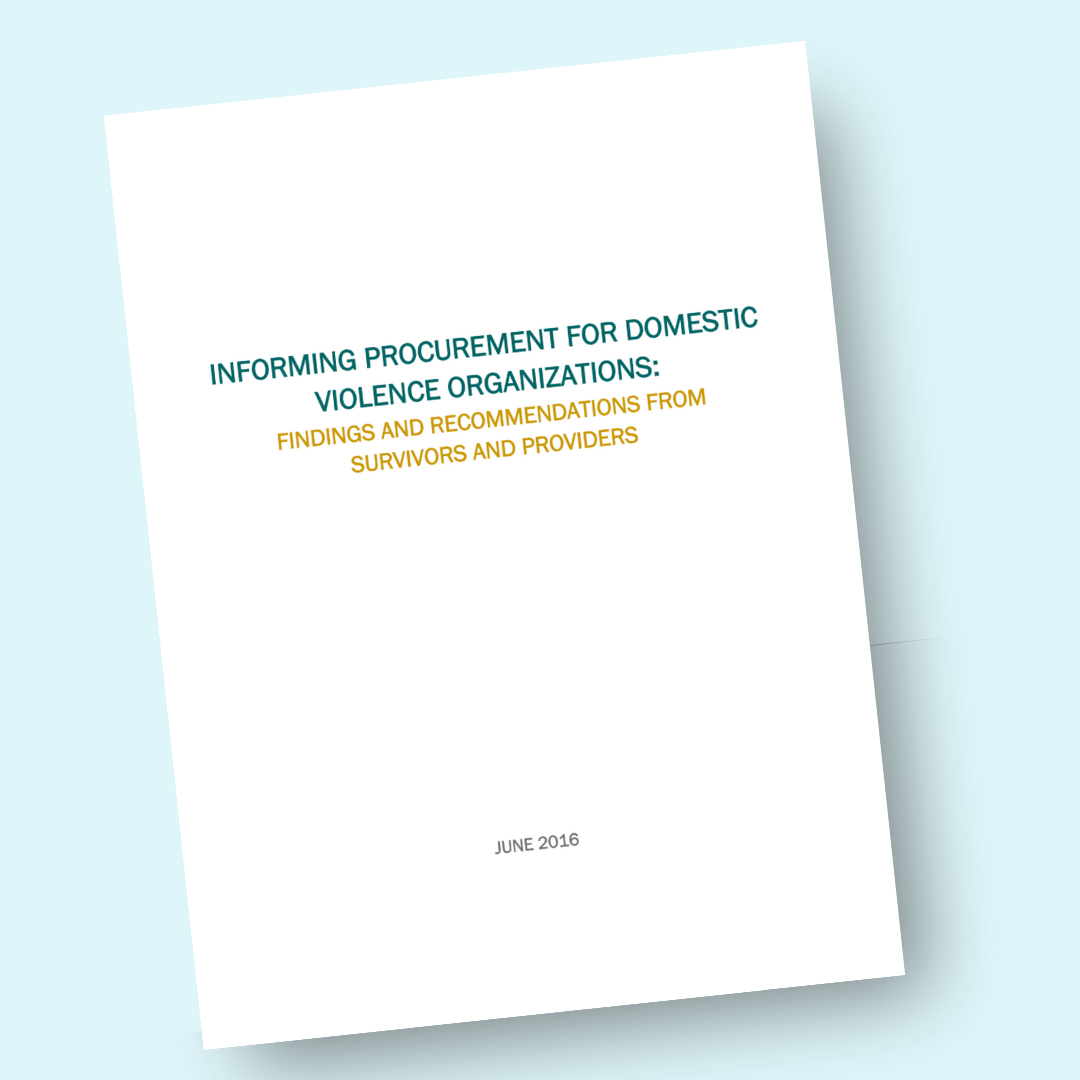
This is a report commissioned by Massachusetts Department of Children and Families that details findings and recommendations from survivors and providers to address changes in procurement for agencies addressing domestic violence and sexual assault.
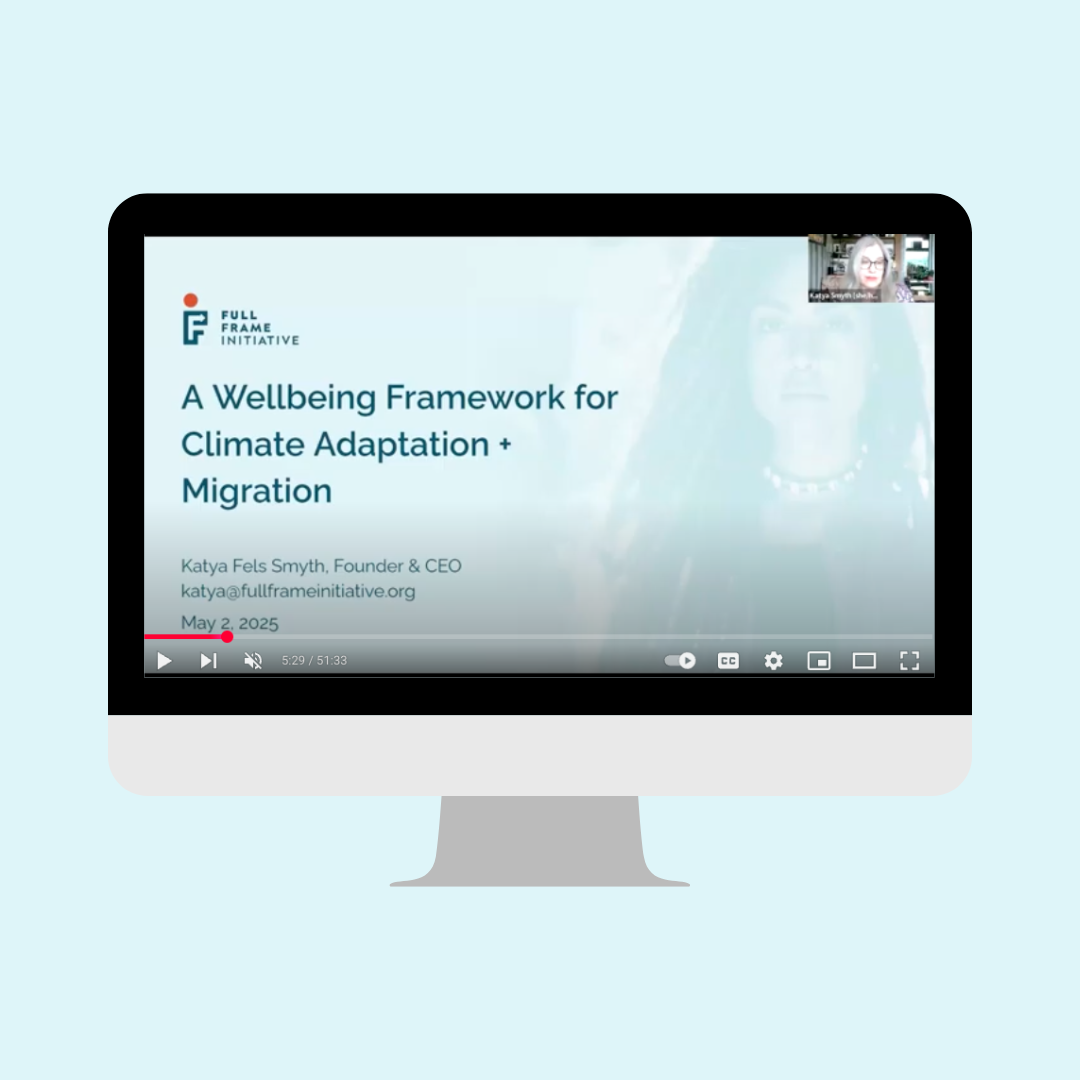
This is a recording of a collaborative workshop held with Full Frame Initiative, Climigration Network, and American Society of Adaptation Professionals. Full Frame Initiative shared their wellbeing framework and design principles, developed through 15+ years of work. CN and ASAP members were invited to test and apply the wellbeing framework within the context of climate adaptation and the realities of just and equitable pathways for migration.

Our assumptions shape how we see the world and our narratives about it. In this video example, we see a world map as upside down; however, that is only because we've always been told it goes the other way.

This resource outlines an approach to evaluation that is grounded in measuring wellbeing systems change and what is most important to wellbeing.